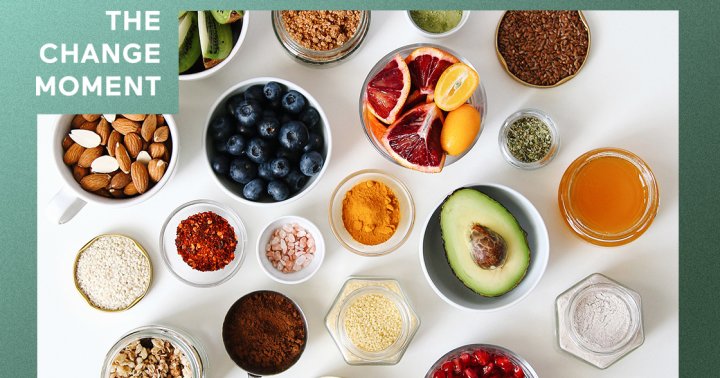
While in Ethiopia, I met dozens of individuals who migrated from their farming villages into the capital city, Addis Ababa, because they hadn't received enough rain to grow food. They came to Addis to earn a cash income so they could buy enough imported foods to feed their families for that harvest year. They hoped that the move would be temporary and they'd be able to return home during the next harvest season when the rains returned. For many of these families, farming was their livelihood. Without it, they'd lose their culture, their way of life, and be at extreme risk for malnutrition. To them, climate stability meant everything.
From this experience, I realized just how much climate change can affect humanity's ability to grow enough food for a growing population. The impact of an increasingly erratic environment is very apparent in places like Ethiopia, but it's taking its toll everywhere. In parts of the United States, for example, groundwater is drying up and topsoil is blowing away, potentially leaving us in a situation where our own food security is also at risk.
And it isn't just that climate change will affect our ability to grow food. It's also that the foods we eat affect the environment, sometimes in a negative way.
For example, it takes 10 times as much land to produce one gallon of cow's milk as it does to produce one gallon of oat milk. Likewise, it is possible to grow 1,000 times more calories of plant-based foods, such as wheat, on one acre of land as calories from beef on that same acre of land. And, when you consider how much of our greenhouse gases come from animal agriculture—more than all the cars, planes, trains, and ships in the world—you quickly realize just how much what we eat affects the environment.
I'm A Nutrition PhD: This Is How I Eat For My Health & The Planet Daily - mindbodygreen.com
Read More

No comments:
Post a Comment